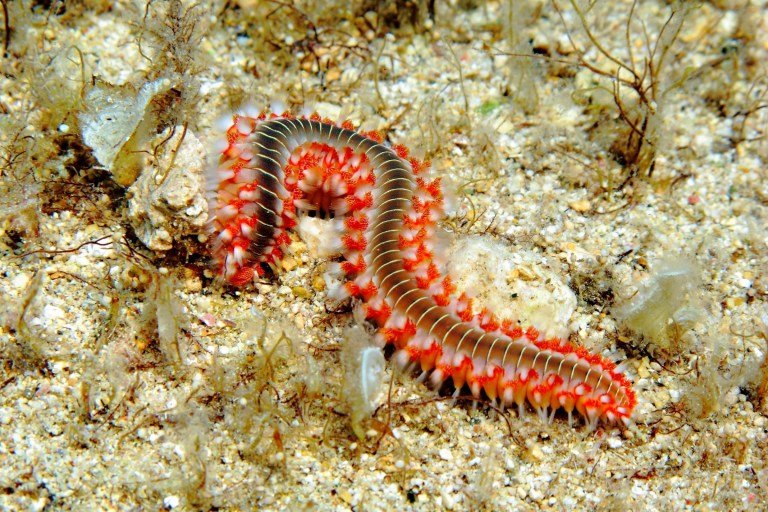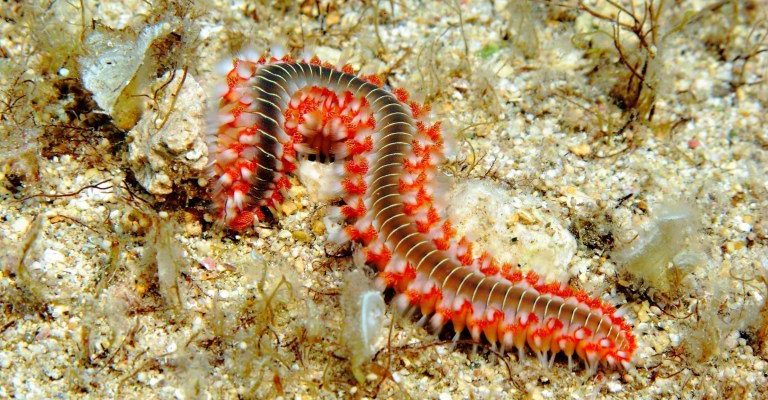
Imagine trying to untangle a ball of yarn—only the yarn is covered in tiny, sharp bristles. That’s kind of what bristle worms are like! Their bristles can sting and irritate skin, which is why wearing the right gloves and using the right gear is crucial. In this article, I’ll walk you through the recommended gloves and equipment for safely managing bristle worms so that you can get back to enjoying your tank without worries.
Understanding Bristle Worms
Before diving into gear recommendations, let’s take a moment to understand what bristle worms are. These worms, belonging to the class Polychaeta, come in various shapes and sizes. Some can be quite colorful and harmless, while others might be aggressive and invasive in your aquarium. The spines they carry, called chaetae, are what can make handling them a bit tricky.
In aquariums, they tend to thrive in areas rich in organic material, like leftover fish food or decaying plant matter. While they can help maintain your tank’s cleanliness by breaking down waste, a sudden population explosion can lead to problems. So, whether you’re removing them for maintenance or just keeping an eye on their numbers, knowing how to handle them safely is essential.
Why Proper Gear is Essential
Here’s the thing: bristle worms can and will bite if they feel threatened. Their bristles aren’t just for show; they’re designed to latch onto predators (or curious aquarists). This means that without the right gear, you could end up with an itchy encounter. Proper gear not only protects you but also ensures you can handle the worms without stress.
Think of your gear as a shield in battle. When you’re suited up, you can focus on the task at hand without worrying about a nasty surprise. That’s why investing in good gloves and other protective equipment is a smart move. You might be wondering if just any gloves will do, and the answer is—definitely not!
Recommended Gloves for Handling Bristle Worms
Let’s get into the nitty-gritty of what gloves you should consider. Not all gloves are created equal, and your best bet is to go for something specifically designed for the task.
- Heavy-Duty Rubber Gloves: These provide excellent protection against both bites and environmental hazards. Make sure they fit snugly so you can still feel what you’re working with.
- Neoprene Gloves: Known for their flexibility, neoprene gloves are great for more delicate tasks. They offer decent protection while allowing you to maintain a good grip.
- Cut-Resistant Gloves: If you’re dealing with particularly large or aggressive bristle worms, these gloves provide extra safety. They can prevent cuts and abrasions while handling prickly creatures.
When choosing gloves, look for options that are long enough to cover your wrists. This extra length helps reduce the risk of any accidental encounters with those spiny bristles.
Other Protective Gear to Consider
While gloves are crucial, don’t overlook other gear that can enhance your safety. Here’s what you might need:
- Safety Goggles: Protect your eyes from splashes, especially if you’re working with your aquarium’s inner workings. It’s easy to forget about your vision when you’re focused on your hands.
- Long-Sleeved Shirts: Wearing a long-sleeved shirt will add an extra layer of protection. Opt for something comfortable so you don’t feel restricted while working.
- Boots or Closed-Toe Shoes: If you’re working near the water, it’s smart to wear boots or closed-toe shoes. This way, you can avoid any stings or bites that might come through the footwear.
You might be surprised how much comfort and peace of mind having the right gear can offer. It lets you engage with your aquarium without second-guessing each movement.
How to Safely Handle Bristle Worms
Now that you have your gloves and gear ready, let’s talk about techniques for safely handling bristle worms. It’s important to remember that patience is key.
1. **Prepare Your Work Area:** Make sure your tank is stable and that you have good lighting. This helps you see exactly what you’re dealing with, minimizing surprises.
2. **Use Tools Carefully:** If you need to remove a worm, consider using tweezers or a small net. This allows you to grab the worm without putting your hands directly in harm’s way.
3. **Move Slowly:** Bristle worms can be reactive. Approach them gently to reduce the likelihood of them feeling threatened and responding with a bite.
It might take a bit of practice to get the hang of it, but soon you’ll feel like a pro at safely managing these worms.
Alternative Solutions for Bristle Worm Management
If you’re still worried about handling bristle worms, there are alternatives to direct removal. Here are a couple of options:
- Natural Predators: Some fish, like certain wrasses, naturally feed on bristle worms. Adding these fish to your tank might help keep their numbers in check.
- Trap Devices: You can use traps designed specifically for bristle worms. These allow for safe capture without the need for direct handling.
These methods can be less hands-on and minimize contact with the worms, which is a win-win!
Final Thoughts on Gear for Handling Bristle Worms
Dealing with bristle worms doesn’t have to be a daunting task. With the right gloves and protective gear, you can keep yourself safe while maintaining your aquarium. Remember, it’s all about preparation.
By being mindful and well-equipped, you’ll not only protect yourself but also appreciate the unique role bristle worms play in your tank’s ecosystem. So gear up, dive in, and give your aquarium the care it deserves!

